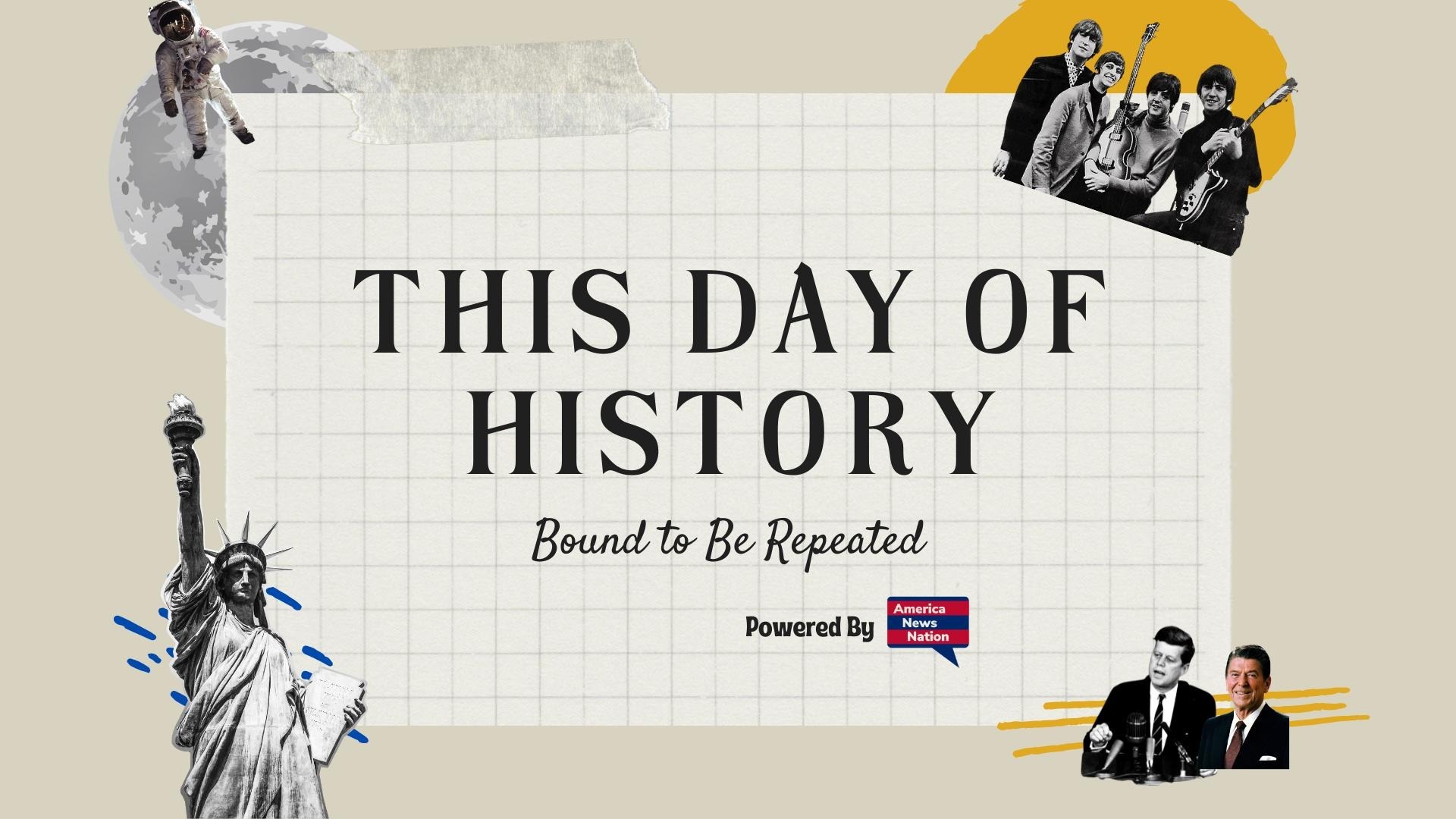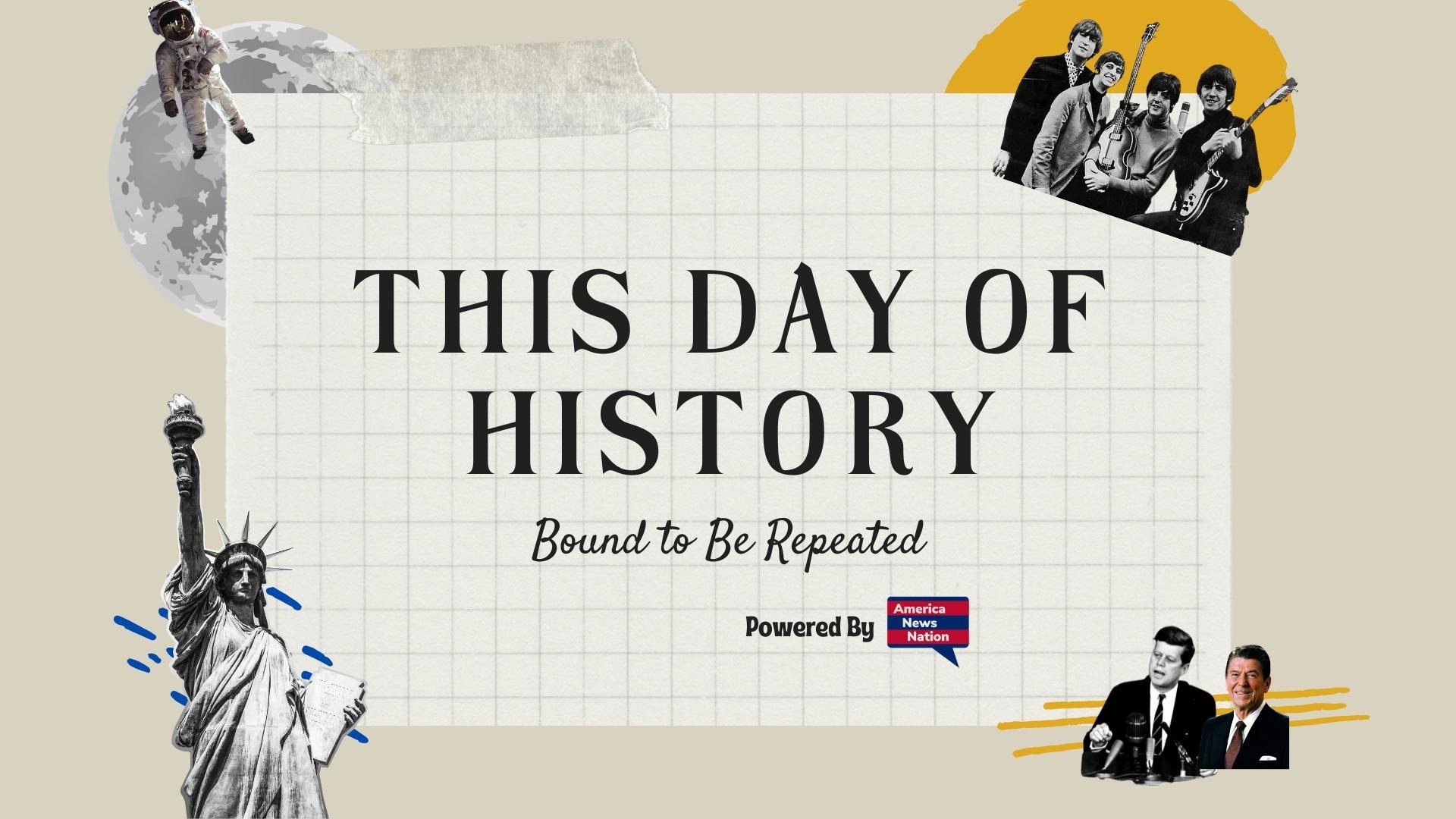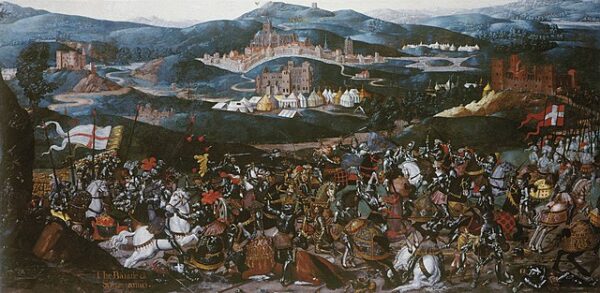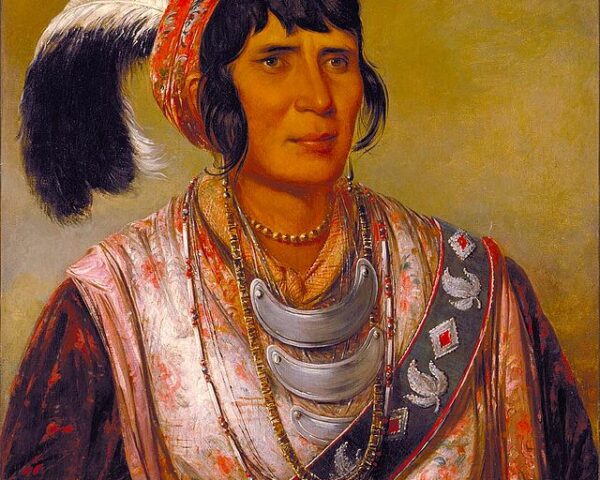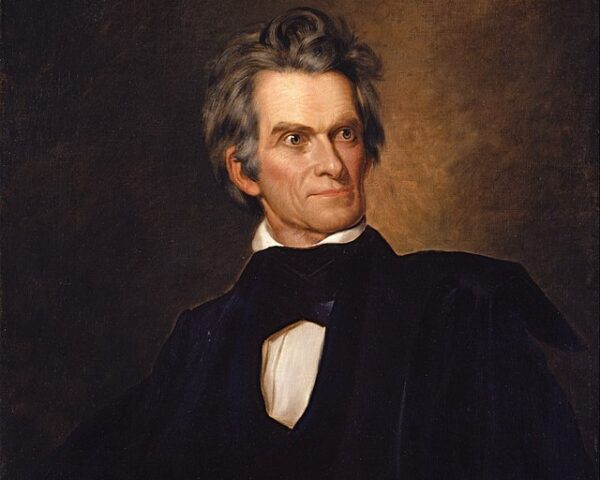In the summer of 1513, the muddy plains near Guinegate, in the borderlands of Artois, became the stage for one of the more unusual English victories of the early Tudor period. Known as the Battle of the Spurs—a name coined in sly mockery of French horsemanship—it saw King Henry VIII, still in the flush of his youth and martial ambition, win a brief but politically significant triumph over his French rivals. Though the encounter was small in scale and almost bloodless, it resonated far beyond the immediate tactical outcome, bolstering Henry’s prestige at home and abroad.
The clash formed part of the wider conflict historians now call the War of the League of Cambrai, in which shifting alliances pitted England and the Habsburg Empire against France. By 1513, Henry—eager to stake his claim as a warrior-king in the mold of Henry V—had aligned himself with Maximilian I, the Holy Roman Emperor, and Pope Julius II against Louis XII of France. The English king personally led an expedition across the Channel, determined to reassert England’s presence on the Continent and, in his more extravagant imaginings, to press ancient Plantagenet claims to the French crown.
Landing at Calais in June, Henry advanced into the French frontier territories, aiming to take the fortified town of Thérouanne, which served as a key French supply base. The siege drew the attention of Louis XII, who dispatched a relief force under the command of the experienced French commander Jacques de La Palice and the dashing Duke of Longueville. Their mission was to break the siege, scatter the besieging army, and secure Thérouanne before it fell to Anglo-Imperial hands.
On the morning of August 16, the French cavalry—lightly armored and relying on speed—approached the besieged town in an attempt to run supplies through the English and Imperial lines. What followed was less a formal set-piece battle than a sharp cavalry engagement. The English and Imperial horse, under the nominal command of Henry but tactically directed by Maximilian, intercepted the French advance. The allied heavy cavalry charged, scattering the French riders, who, rather than engage in a prolonged fight, wheeled about and fled.
It was this sudden flight—conducted at such speed that spurs, not swords, seemed to be the decisive weapon—that gave the encounter its enduring name. English chroniclers, always ready to seize on a moment of national pride, derided the French retreat as an unmanly rout. In truth, casualties on both sides were minimal, but the symbolism was potent: two prominent French commanders, Longueville and the Seigneur de Bayard (the celebrated “knight without fear or reproach”), were captured in the pursuit.
Henry’s role in the actual fighting remains a matter of some debate. Contemporary accounts suggest the king took to the field in full armor, relishing the image of the chivalric monarch, though Maximilian—wearing the cross of St. George to flatter his young ally—may have directed much of the action. Whatever his personal contribution, Henry emerged from Guinegate with his reputation burnished. The French relief effort had failed, Thérouanne was left isolated, and within days it surrendered to the Anglo-Imperial army.
The victory, though modest in military terms, served Henry’s purposes well. It cemented England’s position within the anti-French coalition and gave the young king tangible proof of his martial vigor. Back in London, the victory was celebrated with pageantry, poetry, and proclamations, reinforcing the carefully cultivated image of Henry as a restorer of English glory on the Continent.
Yet, as is so often the case in early sixteenth-century diplomacy, the triumph was fleeting. The broader campaign soon lost momentum; while Henry moved on to besiege Tournai—another success—the expense of continental warfare and the fluidity of alliances would limit England’s long-term gains. Within a few years, the grand designs of 1513 would give way to a more cautious foreign policy, tempered by the realities of royal finances and the shifting priorities of European powers.
Still, the Battle of the Spurs retained its place in Tudor memory as a bright chapter in Henry’s early reign. It was not the clash of thousands or the grinding siege warfare that decided empires, but in the theater of kingship—where image could outweigh substance—it was an undeniable success. On that August day in 1513, Henry VIII had crossed the Channel to fight the French and returned with prisoners, a victory, and a nickname for the encounter that ensured its place in the annals of Anglo-French rivalry.
